The Boys in the boardroom
Guest author Matt Cole investigates how Superheroes have evolved from do-gooding comic book characters to egomaniacal corporations and how the design of the Vought Seven boardroom in The Boys by Production Designer Dave Blass is a reflection of the times.

A brief history of superteams as a reflection of society and the trouble with sitting in a cape at a board meeting.
Think of Superhero Teams and who comes to mind first? The Avengers right? I mean they are the all box-office conquering, pop culture devouring phenomenon of the 21st Century (OK so they actually made their debut way back in the 60’s) but they were by no means the first.
The Team-Up is pretty much as old as comic books themselves with the snappily named Justice Society Of America kicking off the whole “Buddies who beat up baddies” thing in 1939. Pretty soon after, The Justice Society became Justice League (let’s face it ‘League’ just sounds cooler than ‘Society’ which puts you in mind of debates & chess rather than ass & kicking) and DC had a golden goose on their hands.

Just to clarify Golden Goose is not a member of Justice League. At least I don’t think so, they did have a lot of members over the years.
Over at Marvel the legendary Stan Lee (we miss you Stan) was ordered to create his own Superhero Team as a rebuttal to The League and that’s where things got interesting.
Cue The Fantastic Four. There’s a reason The FF have never been done justice (pun!) in film; As characters they were a lot more groundbreaking and complex than given credit for. Endowed superpowers due to a freak, cosmic accident, The Fantastic Four were not always happy campers. Jonny & Sue Storm had a typical sibling rivalry thing going on, constantly squabbling, Reed Richards was a narcissistic dick head a lot of the time and Ben Grimm must be the first superhero to hate his powers, somewhat understandably as The Thing is basically body dysmorphia come to life. Essentially what Stan Lee did was use the team-up model to explore the dynamics of family, friendship and romance through the lens of Superheroes which opened the door to more nuanced, relatable & human, not just super-human, characters.

Next Stan doubled down on Superheroes with Sub-Text with the invention of the X-Men a constantly shifting line-up that really hit its stride in the 70’s. Set around a school for mutant kids in a world where “their kind” were feared and reviled X-Men went beyond relationship dynamics head first into teenage alienation and ultimately Civil Rights.

Although team-ups were enabling Superheroes to be portrayed with more layers and nuance, fundamentally they were still people with a moral compass pointing in the direction of good against evil.

Then Watchmen happened and the world of Comic Book Superhero Team Ups was shook like a major city devastated by a pan-dimensional squid monster (Watchmen in-joke).
History has it that DC asked God (or Alan Moore as other people call him) to write a Justice League sequence. Mr Moore delivered his treatment in which Superman was a truly alien, god-like being who found it difficult to empathise with humans, Wonder Woman was constantly battling under the weight of misogyny and Batman was just an all out, psycho nihilist.
Turns out that wasn’t quite DC’s tempo, so they passed.
Moore turned to DC’s indie imprint Vertigo, super-teamed up with Comic Book artist Dave Gibbons and rewrote his “Superheroes in the real world” take on Justice League as his magnus-opus, Watchmen. Suddenly Superheroes were no longer morally black or white. Watchmen were 500 shades of grey and numerous splashes of dripping crimson.
Fast forward to present day and Pop culture is eating itself. Marvel is no longer this scrappy little publishing house cramming subtextual societal commentary into garish lycra. Stan Lee’s babies are now part of Disney, the world’s largest mass media and entertainment conglomerate devouring the earth like a pan-dimensional, alien, squid monster (yeah I know, I’ve made that gag already but I just like pan-dimensional alien squid monsters ok?).
In many ways they’ve become the big, bad corporate entity that many Superheroes have spent their literary history battling.
Now isn’t that an interesting twist in the tale?
Yes thought Garth Ennis and sat down to write The Boys. A brutally funny, searingly satirical and deeply troubling exploration of a world where Superheroes exist, are “managed” (barely) and as it turns out, created by the world’s largest, mass media and entertainment conglomerate, Vought.

Now adapted into an impressive 8 part series for Amazon, The Boys goes all in on dissecting a world where Social Media is the most powerful force of influence on the planet, politics has become a reality TV show and big business is no-longer shy about its ambitions of global, political influence. Enter The Seven, a manufactured group of egomaniacal, seemingly vapid, undeniably dangerous and frankly, psychologically broken superpowered ass hats PR’d to the hilt by Vought as the protectors of global justice & peace.
On a personal and chaotic mission to expose the burgeoning corporatocracy of Vought and their psychotic super-puppets are The Boys, a dysfunctional team of mercenaries led by Karl Urban sporting a dubious-at-best British accent but you know… he’s Karl Urban.

One of the many reasons The Boys succeeds is the careful balancing act it performs in combining nuanced realism and those big, brash superhero tropes. This isn’t one note DC “grittiness” or happy, shiny Marvel pantomime. There’s an easily overlooked subtlety in The Boys from the way the Seven’s actions impact on the daily lives of regular people, down to barely perceptible but enriching design tweaks to the world that reflect the reality of having super-powered assholes careening around the place.
There is a scene in The Dark Knight that pisses me off whenever I watch it. I mean it’s a great movie but this one scene just makes a mockery of the “gritty realism” Nolan’s film is so revered for.
Commissioner Gordon and Harvey Dent are meeting in Dent’s office. The office is in a high-rise building, your typical glass, open plan edifice type deal. Nowhere to hide. And of course all the doors in and out of the office are regular person size.
The Commissioner and Harvey are chatting away about something then suddenly, out of nowhere, the iconic, raspy voice of Batman chimes in. Both Gordon and Dent jump as if they had no idea Bats was there.
So. How the fuck did Batman get into the building and all the way up to Dents office on the zillionth floor without every single person along the way pointing and yelling “holy shit that’s Batman!!!”?
Also, how did Bat Dude get through a regular person door in a glass office, with all his big black cape-iness and giant ears, without going “Oh… crap… wait… no… maybe if I turn this way… aaargh… pivot!!!” and alerting Harvey and Jim to his presence?

Many such logistical quandaries in the life of a superhero have been elegantly considered by Production Designer Dave Blass & his team on The Boys.
Dave Blass told me that building a real world for corporate Superheroes begins with the humble boardroom chair: “How do you sit down when you have a cape? It seems a simple thing. Sitting, but when you have a long flowing cape, it becomes so much more challenging, and it also becomes a treasure hunt through cinema to see how other designers and actors dealt with the problem. Did you ever see Batman, Superman, or Darth Vader for that matter sit, or were they always standing or sitting? This cape issue partly explains the most recent Batmobiles all have Batman entering from the top.”


“Once we landed on a style we set to building the chairs, and now that we knew the footprint of the chairs, we could work on the boardroom table. This conference table was again a challenge. We looked at the comics which had a simple V-shaped one with the main hero Homelander at the head of the table.”
“I like the idea of the V-shape as it played into the name of the Corporation in charge of the Superheroes… much like a fictitious Marvel but running real Superheroes. We played around with the idea of putting Homelander at the apex in a special throne built into the table, but it didn’t quite feel right. We switched back to a normal V-shaped table, but it created a massive dead space”.


Blass continues: “We were working simultaneously on a Vought logo and ended up with something that was a ‘V’ combined with a ‘7’ for Vought Seven. I thought that the logo, rather than just the ‘V’ would solve the problem of the dead space”.


“Once everyone was in love, we set out to figure out the engineering of the giant cantilevered piece” Blass tells me.

The result is a stunningly futuristic but practical piece at which one could easily see both Superheroes and share-holders comfortably sat while calculating the profit and loss of global domination.
The Vought Seven conference table is the centrepiece of the imposing Vought boardroom that continues the delicate balancing act of Tony Stark-esque, holographic futurism with a heady whiff of Trumpian self aggrandizing, pomposity.


It’s interesting and not a little disconcerting that not so long ago one would possibly regard the self-mythologising evident in the mural above, depicting ultimately fake super-heroes saving the world from fake threats, and its place in the boardroom of a media company as a little over the top.
But in a world of fact versus fake news and failed business men reinventing themselves as self declared saviours of the free world the most likely response to such posturing art is “Yup. Seems legit.”
And it begs the question, where can Superhero teamups possibly go next that is more fantastical than real life?

Watch The Boys on Amazon Prime Video



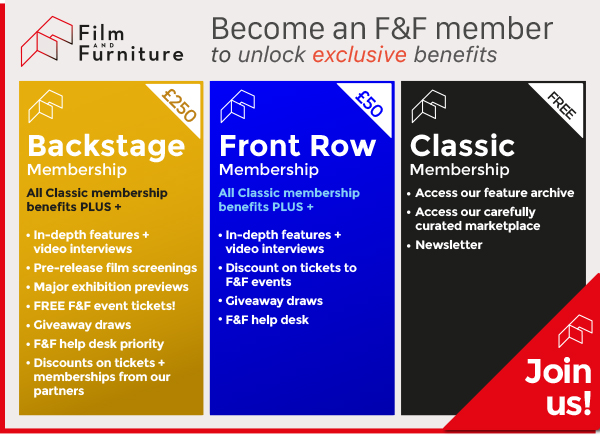
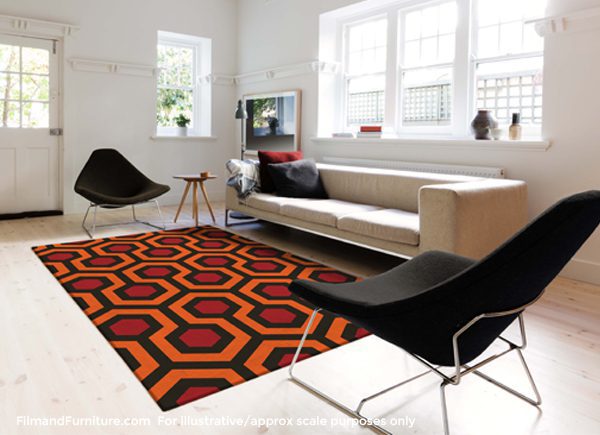


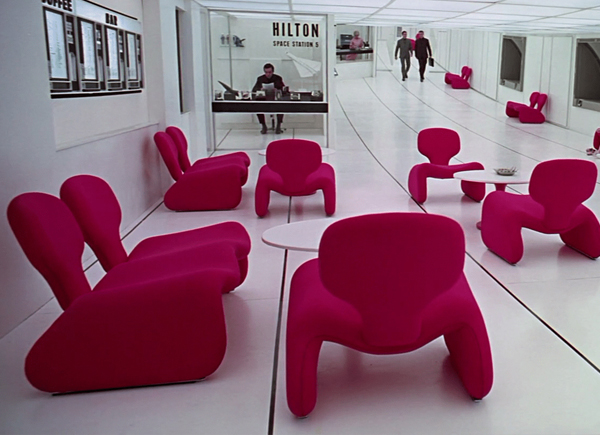
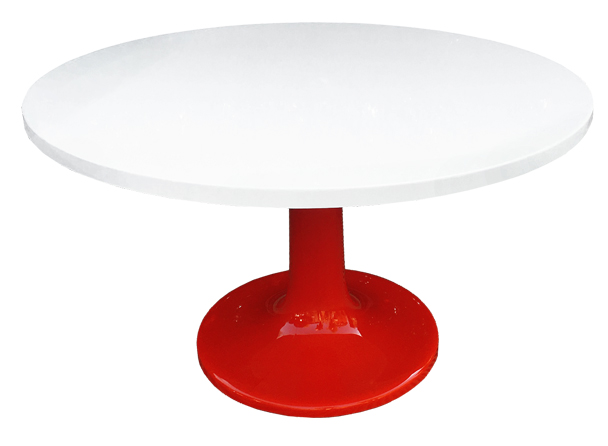
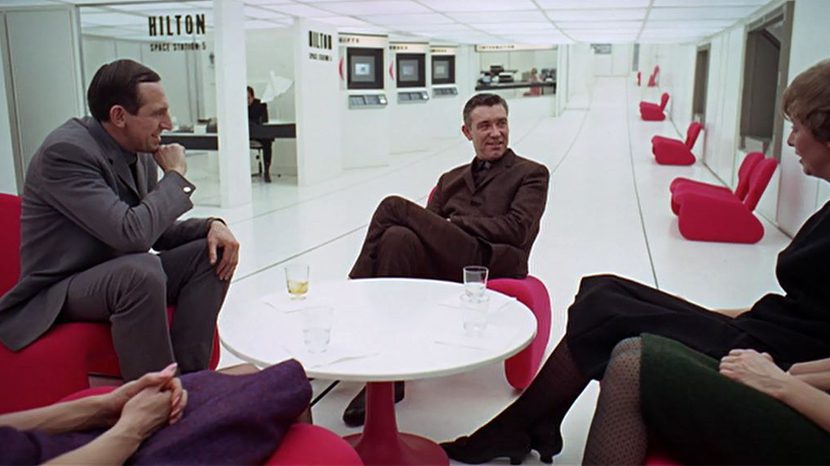
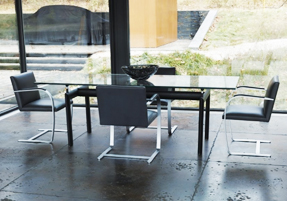
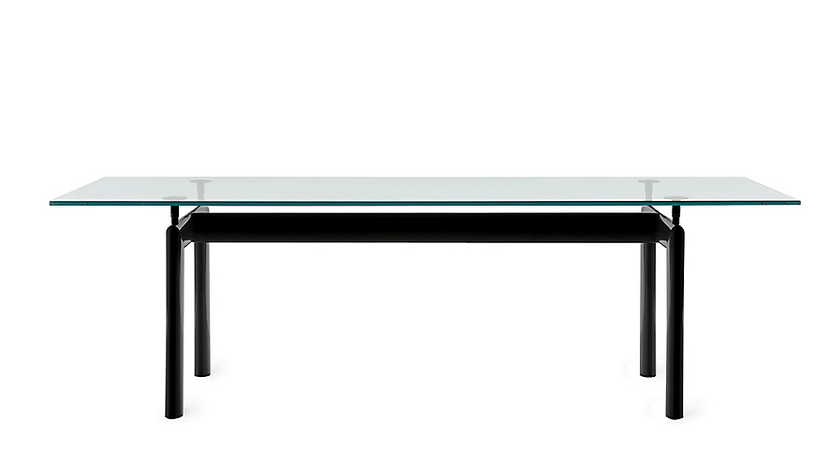
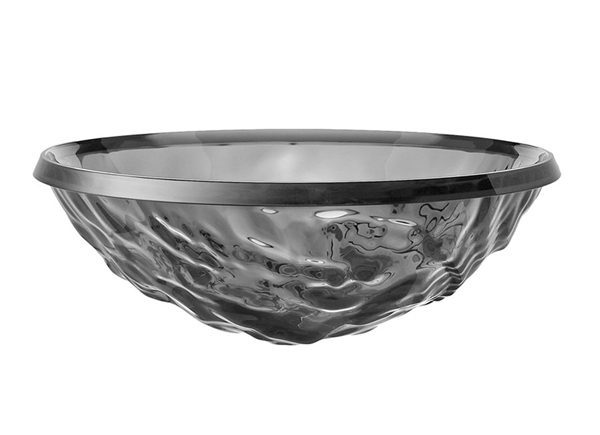
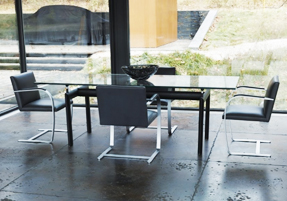
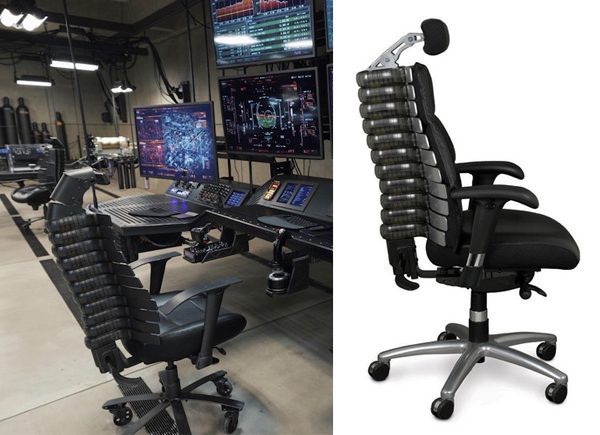
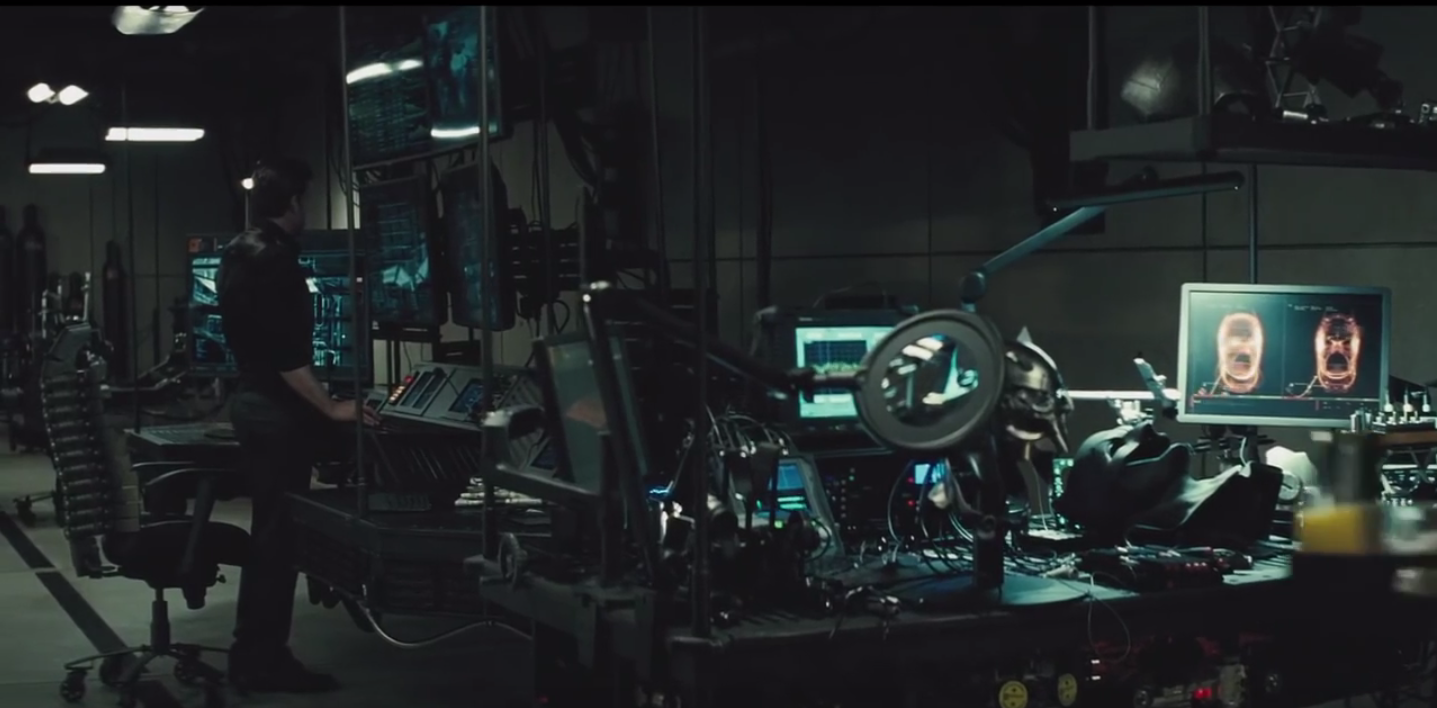


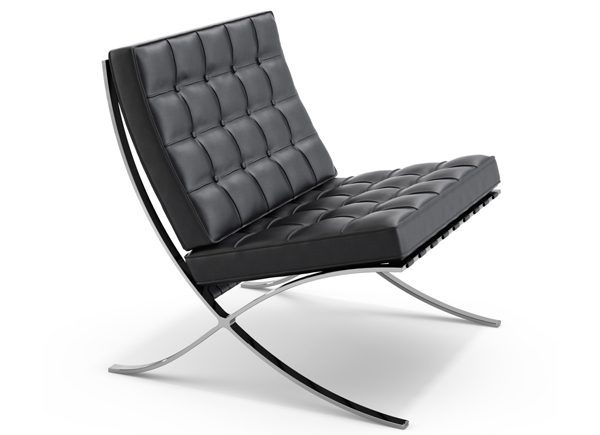

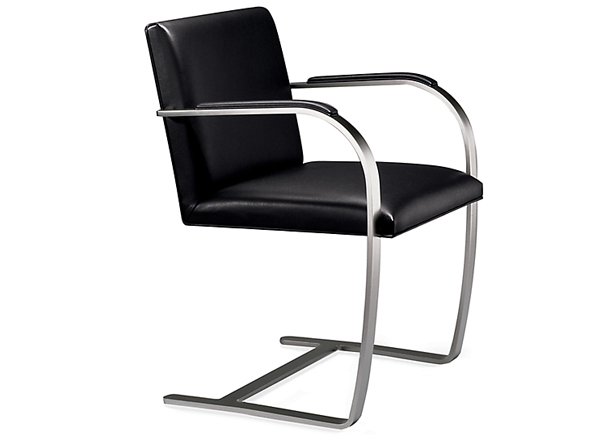
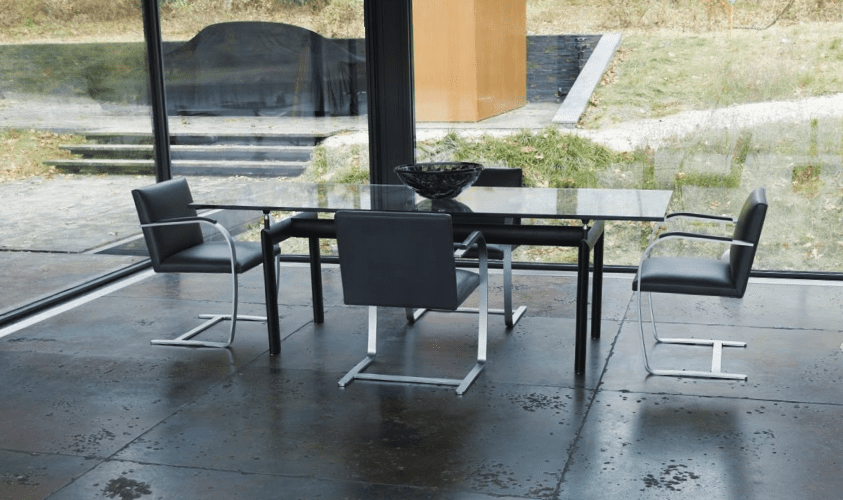

 Facebook
Facebook Twitter
Twitter Instagram
Instagram Pinterest
Pinterest RSS
RSS